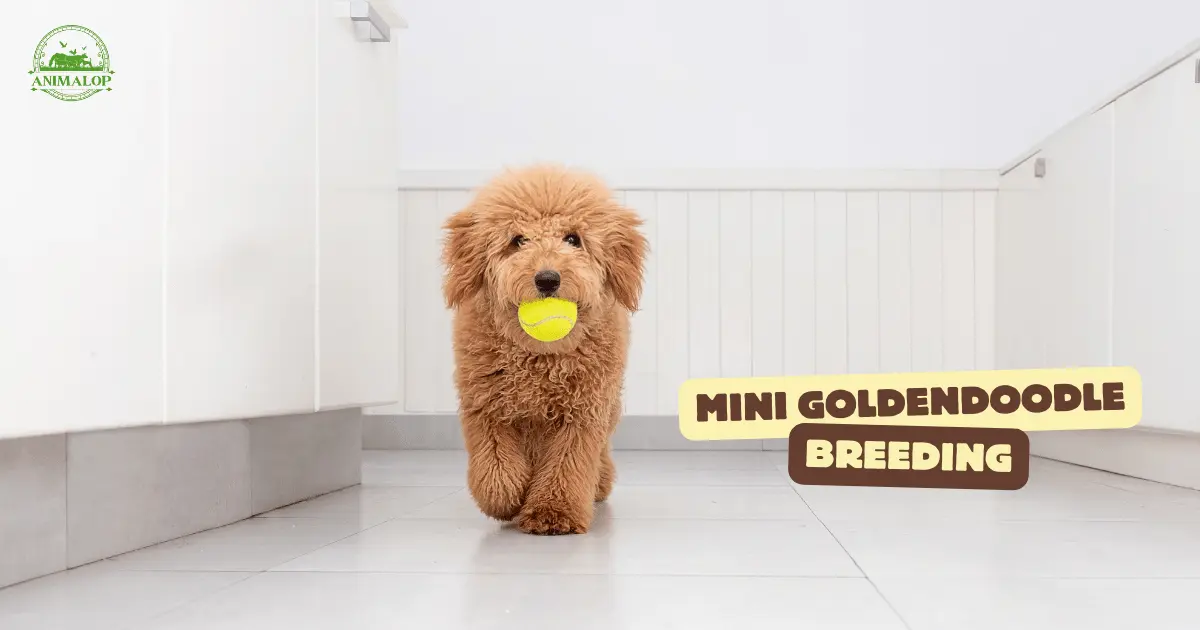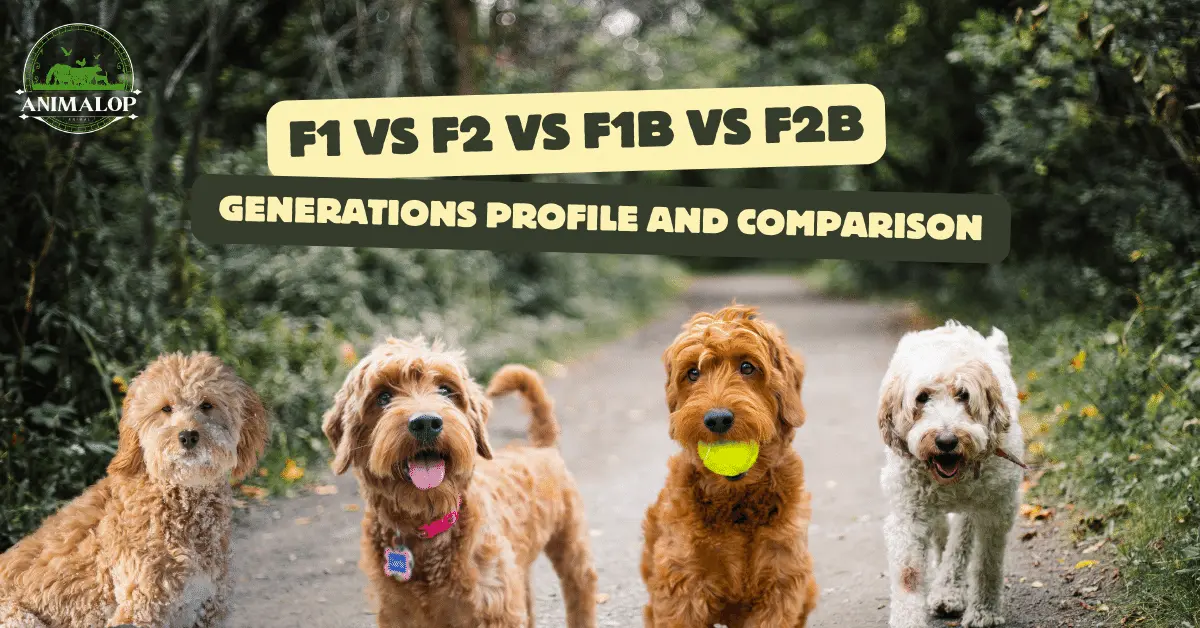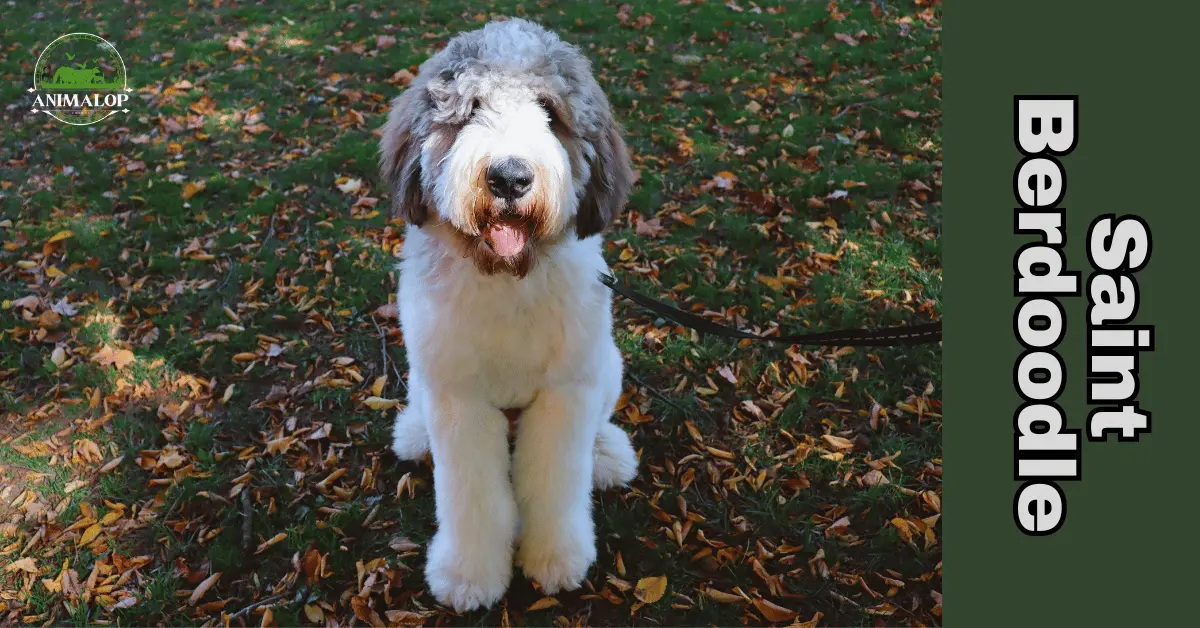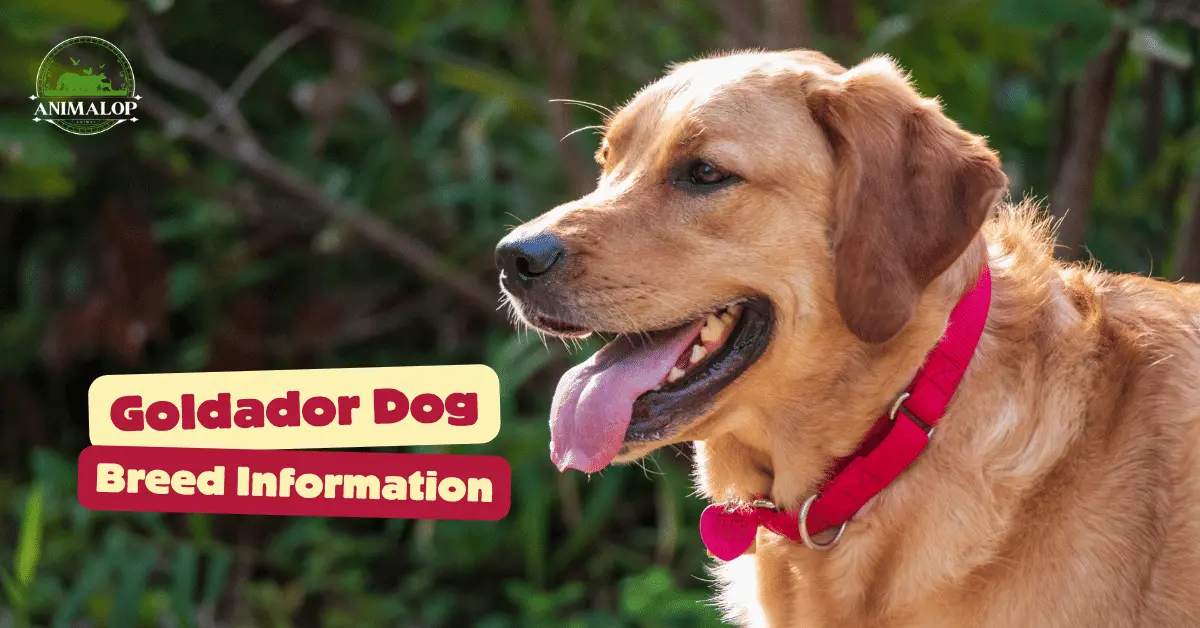Many people around the world have started to develop an interest in the mini Goldendoodle breeding process. While some want to be breeders themselves and make the best variant for themselves, others are looking forward to getting as much knowledge as they can so they will be able to care for and nurture their pets accordingly.
Regardless of whichever category you belong to, this is going to be an information tour for you as you will learn about all the metrics and factors of breeding and will get to know how the process works in general. You would need proper training and licensing to do this stuff yourself but even if you do decide to do so, it will give you enough knowledge that you will know your game.
So if that sounds interesting, let’s get right into it!
Introduction To Mini Goldendoodle Breeding
Breeding is a process in which male and female sexually mature pets from different breeds are mated to get the desired genes from both of them and create a hybrid from them that has the best of both. When we speak about the origins of Goldendoodles, you’ll find that they are a hybrid between two widely-known dog breeds; Golden Retriever and Poodle.
Hence, the name Goldendoodle. This makes them the small cute and friendly creatures that they are as they get the best from both of their parents; taking their friendly nature from the golden retriever while the intelligence is inherited from the poodle.
History of Mini Goldendoodle Breeding
The experiments started somewhere around the late 1900s however due to lack of research and resources, it was not possible to get the right results initially. However, after much experimentation, the Goldendoodles originated around the 1990s in the U.S. as a result of a hybrid breed of Golden Retriever and a Poodle.
The f1 mini Goldendoodle became the first successful experiment leading to a venture that would later result in numerous other variants. The results were very fascinating and widely accepted hence it was later classified as an official breed in some states. However, to date, they haven’t been registered with the American Kennel Club. However, they are so widely known around the world that they do not even require this specific metric of recognition.
Moreover, since the late 1990s, they have been bred regularly since that time and then aggressively later on to meet the high demand around the early 2000s. Various versions of them came into knowledge of the world and each one was more loved than the previous one which gave more appreciation to the breeders involved too.
Common Variants of The Goldendoodle
Generally, the Goldendoodle is a very friendly creature as they take their friendly nature from the golden retriever and the intelligence from the poodle. This makes them the perfect match for a household as they are very calm, friendly, and physically active creatures allowing you to enjoy excellent companionship.
Below are some of the common variants of the Goldendoodle.
F1: This variation is a direct product of a pure-bred golden retriever and a pure-bred poodle. This means that the parents were also of the purest breeds so is the product. The F1 is the original first hybrid and is also considered to be the oldest variant in the breeds of the Goldendoodle.
F1b: F1b is created by breeding a pure-bred poodle and retriever, and then breeding it once more with a purebred poodle. The F1b mini Goldendoodle is 75% poodle and 25% retriever. Therefore, it is smaller and has more features of a poodle than a retriever. However, the breeding process for them needs to be very precise to preserve their original nature and health. While the F1bb is the oldest variant, this is fairly newer and has been around for only a decade or two.
Now that you have an idea of how the breeds work, here are some more breeds that are common and widely-known variants of the Goldendoodle.
- F1bb
- F2
- F2b
- F3/ Multigen
The ‘F’ in the variant name refers to the generation so if the name says F1 this means that the breeder pair is the first generation and if it says 2 then it is the second pair, and so on.
Factors To Keep In Mind In Mini Goldendoodle Breeding
Regardless of how knowledgeable you are, make sure to keep these factors in mind so you won’t have to face any problems later on.
Understand Variants
The first thing to decide when breeding mini Goldendoodles is what breed/variant you want. As we have mentioned above, there are several variants in the Goldendoodles.
For some, the breeding process is quite short and simple; for instance, the F1. However, for others such as F2B, it is going to be quite an extensive process. Therefore, make sure you know what you’re looking for so you can plan accordingly.
Get Them Tested Beforehand
Getting the breeder pairs tested beforehand can have the following benefits:
- Early diagnosis of any genetic disease/disorder early on.
- Identification of wanted/unwanted specific genes.
- Ensuring they can reproduce.
- Identification of them being carriers of any diseases that skip generations vertically or horizontally.
Once you have all these factors checked in, the breeding process will be much simpler as all the extenuating factors will be eliminated.
Get Help From A Licensed Veteran
It is safe to say that this is perhaps the most important factor among all the others. You would need to ensure that all the legalities are in place. Therefore, help from a licensed vet is crucial as they can guide in all the factors mentioned above as well.
Takeaway
Whether you are looking forward to breeding your mini goldendoodles or you were just curious about the process, we believe this article would have answered most of your questions. If you’ve already gotten your puppy then best of luck on their upbringing. If not, then what are you waiting for?
Go get yourself a goldendoodle today as there can’t be a better companion for you than these cute little creatures!





3 Comments on “Mini Goldendoodle Breeding | All You Need To Know”